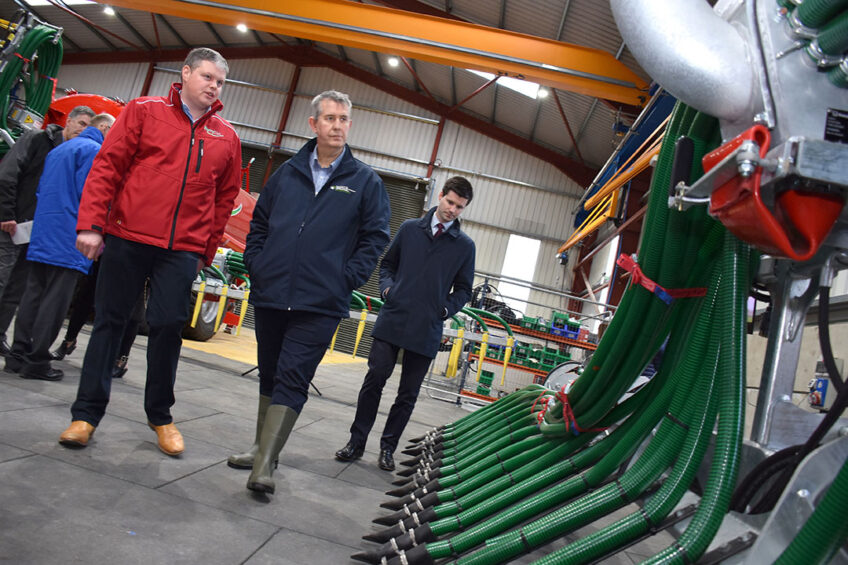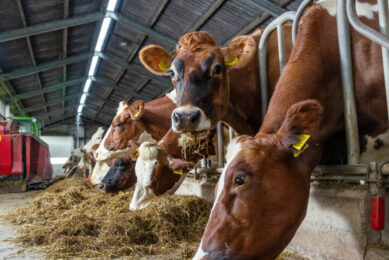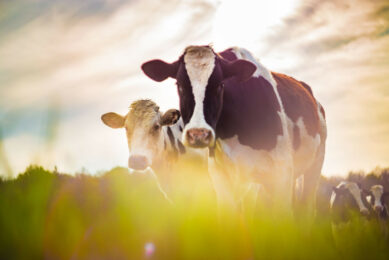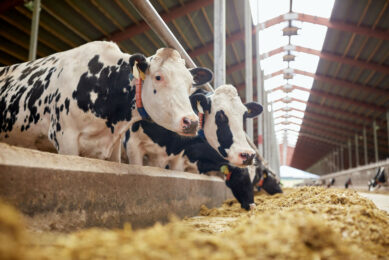Governments push for low emission slurry spreading

Reducing emissions produced from agriculture is one of the big goals set by governments across the world in order to clean up the environment and make farming a greener industry.
Agriculture produces in the region of 90% of the total ammonia emissions mostly coming from the livestock industry and it’s handling of slurry and farmyard manure.
Dairy farms, particularly, as they produce the majority of the slurry, are being encouraged to use low emission slurry spreading technology instead of the traditional splash plate found on the back of tankers.

Due to an increased concern about high ammonia emissions and harm to the environment when using these splash plates, new regulations may see a total ban on this piece of equipment in some countries by the year 2025.
UK government
As an example, for a few years now the UK government has called for a best practice approach to slurry management, including spreading, to try and reduce emissions when spreading manure and ensure more nutrients reach the soil and not the atmosphere.
Around 88% of ammonia (NH3) emissions in the UK come from agriculture.
Nitrogen, in the form of ammonia, is lost from organic manures, such as slurry, solid manure and litter, digestate, sludge and compost, when they come into contact with air, particularly on warm or windy days.

Therefore, measures to reduce ammonia emissions and improve overall nutrient management practices could reduce the amount of manufactured fertiliser that farmers need, saving them money.
Latest technology
The latest technology surrounding slurry spreading techniques show lower emissions when using the likes of trailing shoes, dribble bars and injection systems.
Slurry spread with a splash plate can result in very high losses of 80 to 100% of the total ammonia. These losses can be reduced by up to 60% if the slurry is spread by low emission spreading equipment such as the trailing shoe system. Splash plate systems also increase the risk of surface run-off into waterways.
With this in mind, together with the increased focus on the environment, Northern Ireland slurry equipment manufacturer SlurryKat recently held its first ever slurry spreading technology event at its County Armagh base.
Slurry equipment manufacturers are already producing low emission spreading equipment but the end is near for the splash plate as 2025 has been earmarked for its demise.
Event on spreading alternatives
The SlurryKat event attracted around 800 farmers and contractors to the factory at Waringstown where spreading alternatives such as dribble bars, trailing shoes and umbilical systems were on display.
SlurryKat CEO Garth Cairns said this was the first slurry spreading technology event of its kind and was happy with the turnout.

He said: “The focus of the indoor event was to highlight the imminent environmental regulations for spreading slurry on farms. It also showed farmers and contractors some of the low emission spreading methods that we have available to the industry to comply with the new regulations.”
Regulations in Northern Ireland from the Nutrients Action Programme (NAP) states low emission application methods must be used for all anaerobic digestate spreading by February 2020; all slurry contractors by February 2021 and cattle farms with over 200 livestock units, or pig farms with total annual livestock manure nitrogen production of 20,000kg or more, by February 2022.
Splash plate ban
Mr Cairns added: “During a number of meetings with government officials we have determined the splash plate will be banned across the board by 2025. This ban will be phased in starting this year for different sectors that use them.
“During the last two years we at SlurryKat have completely redesigned our entire range of spreading technology equipment.
“Nowadays, the systems are much lighter, more efficient, have higher performance outputs and are wider ranging. They now perform best with all types of slurry and on steep slopes.
“We have a system to suit every user right through from the small farmer to the larger contractor,” he added.
The rest of the UK has also issued guidelines encouraging farmers and contractors to use the low emission spreading equipment in time before the ban kicks in.
The problem, however, is the large number of smaller farmers who use tankers with splash plates and who could not justify the purchase of a new tanker with a dribble bar or even adding one to their existing tanker.
In Northern Ireland, the new Minister of Agriculture Edwin Poots, who attended the SlurryKat event, said: “There is an increasing and growing acceptance of the need to reduce ammonia, nitrates and phosphorus emissions into our air and water to prevent damage to sensitive sites, rivers and lakes, protect human health, help to meet UK targets and to improve the efficiency of nutrient use.
“In doing so, agricultural businesses have the added benefit of becoming more efficient by making better use of nutrients in slurries and reducing the need to buy chemical fertilisers.
“There is no doubt of the complexities and challenges that face us when we try to protect our green lands whilst at the same time, support and encourage the rural sector to flourish.
“While the use of low emission slurry spreading equipment such as trailing shoes and dribble bars is already significant, I would like to see much greater uptake of this highly beneficial technology on farms across Northern Ireland as it is a key contributor in making a sustainable future for Northern Ireland farming,” he said.










